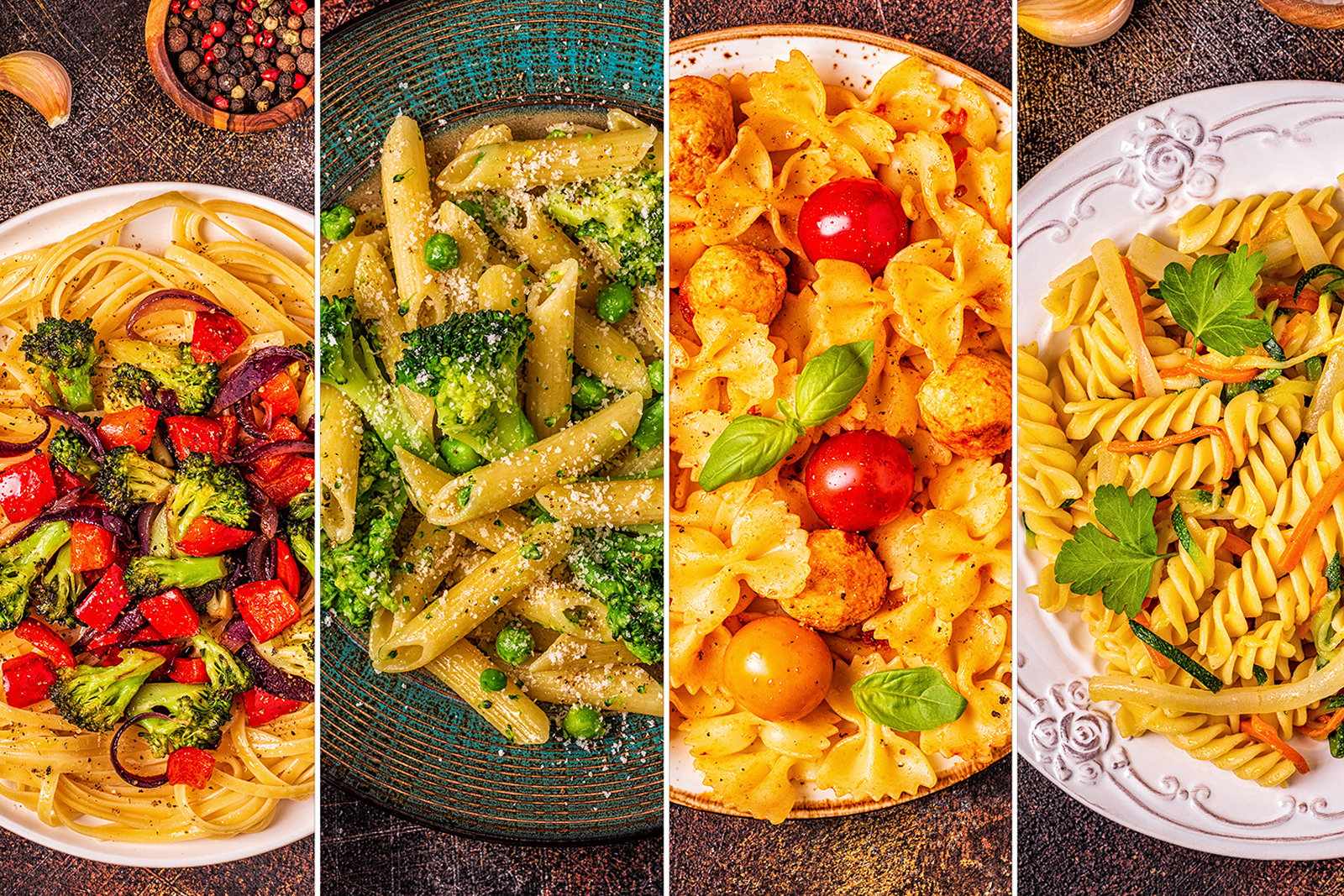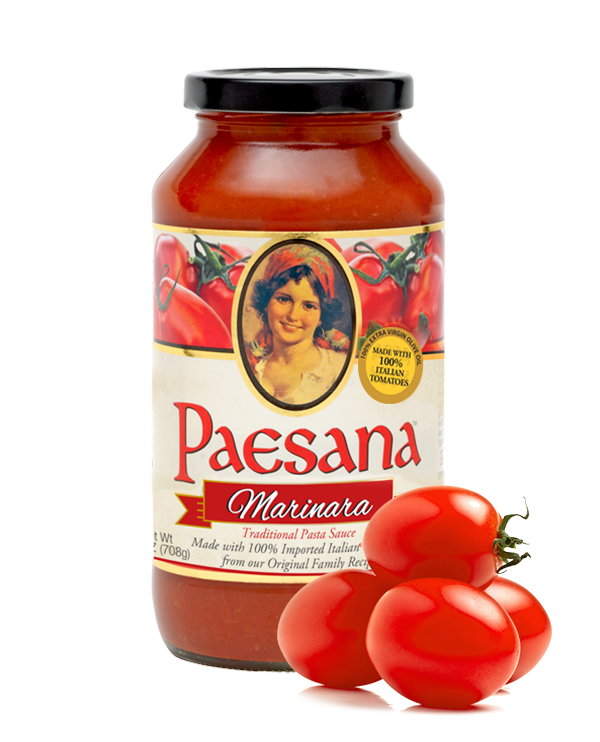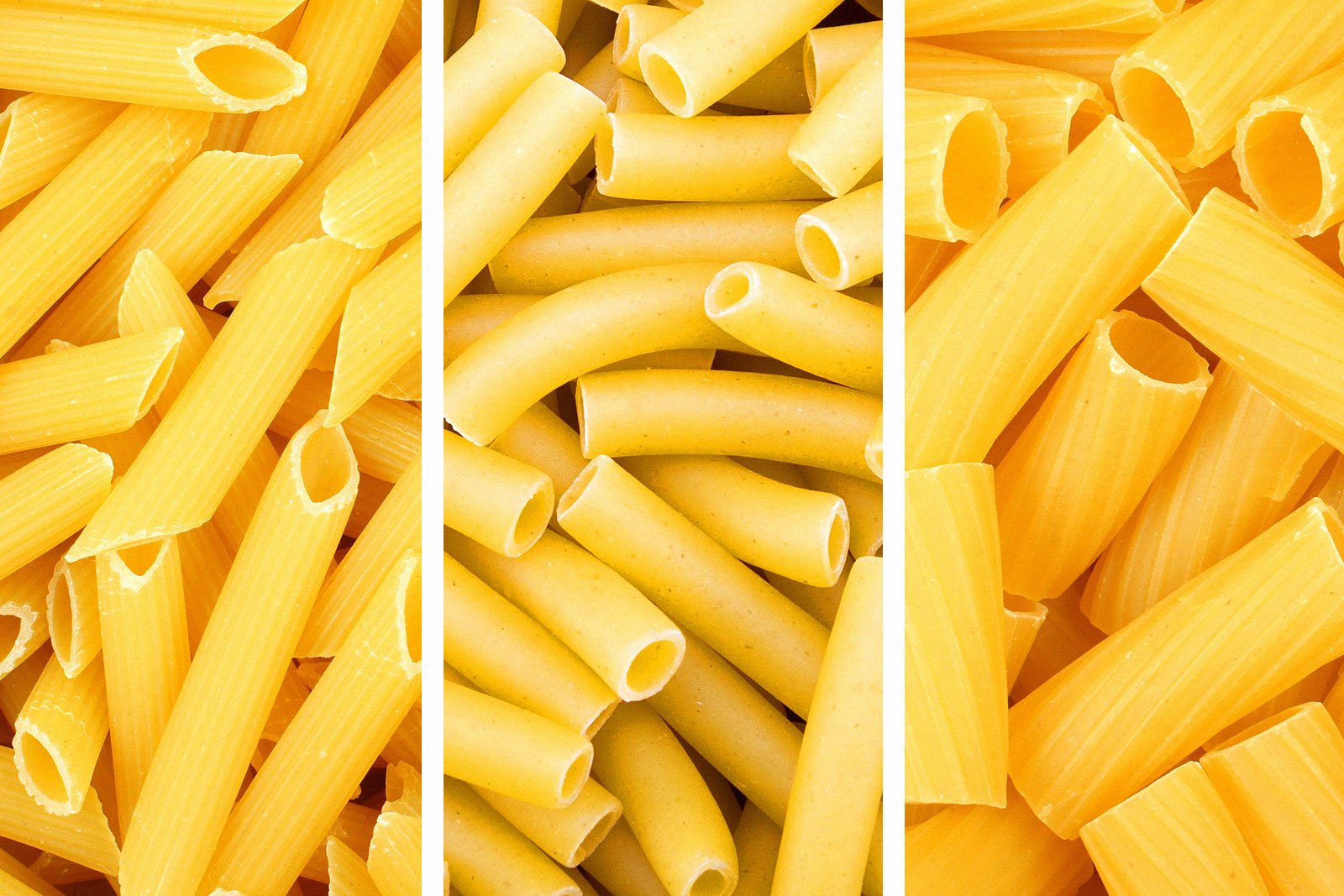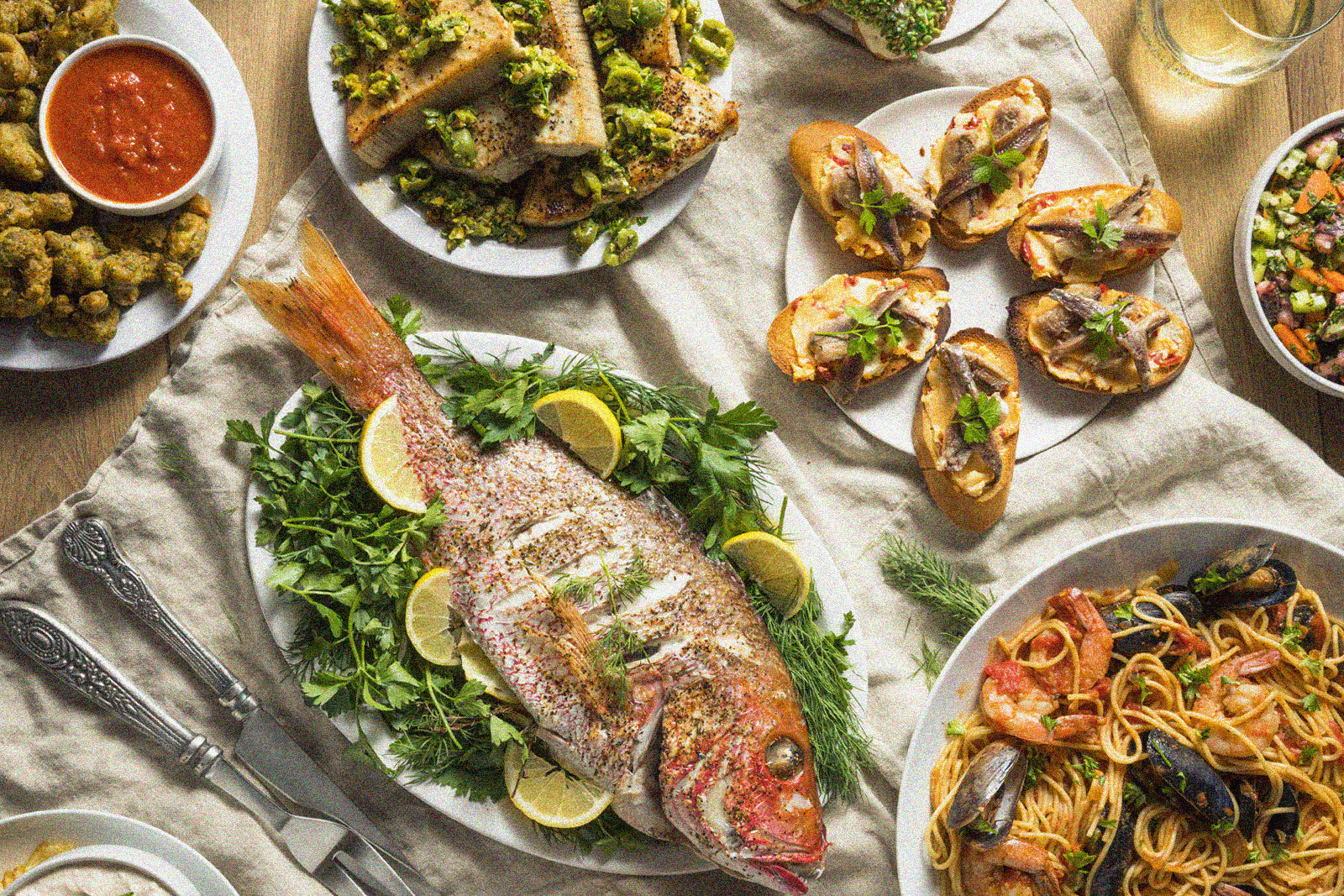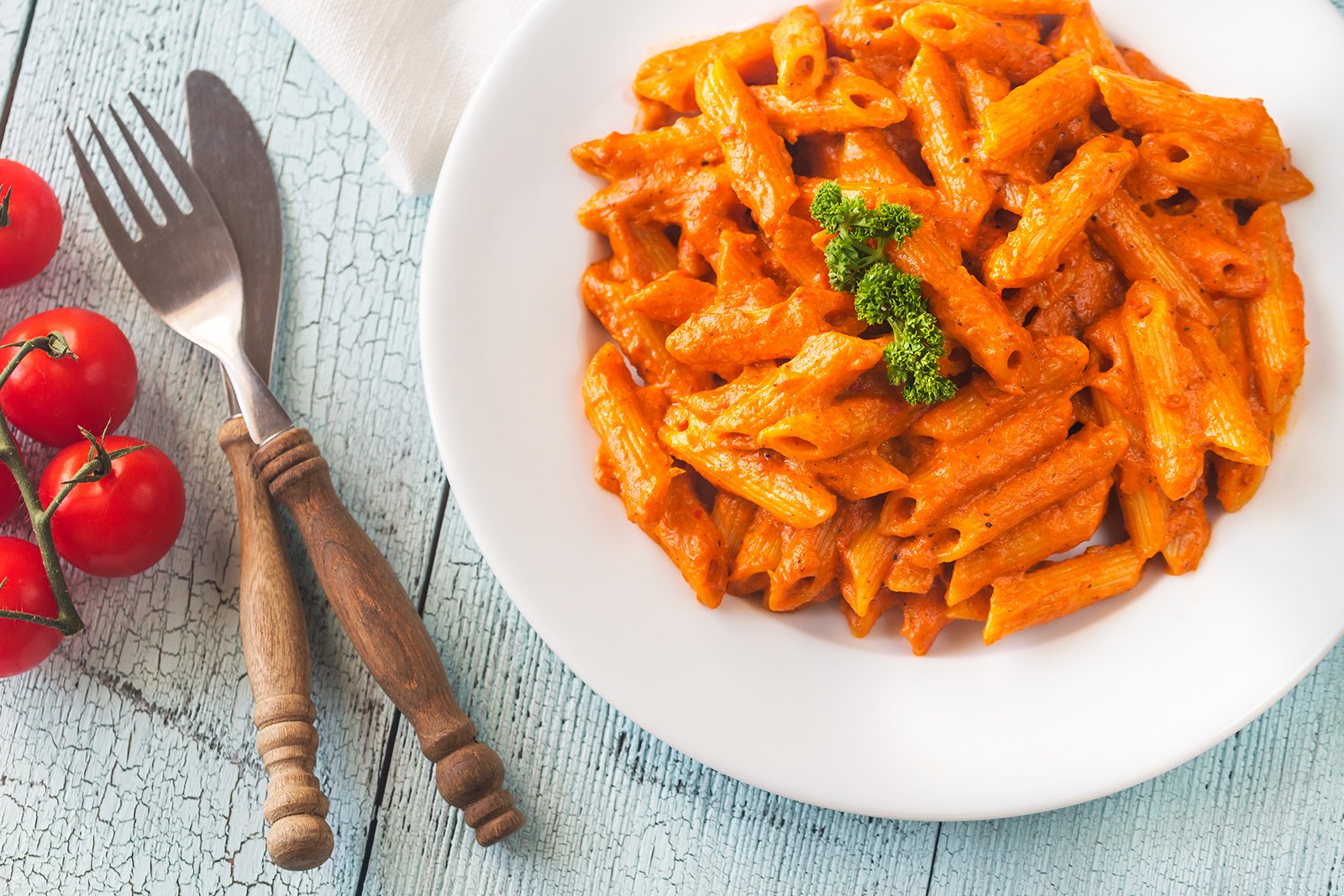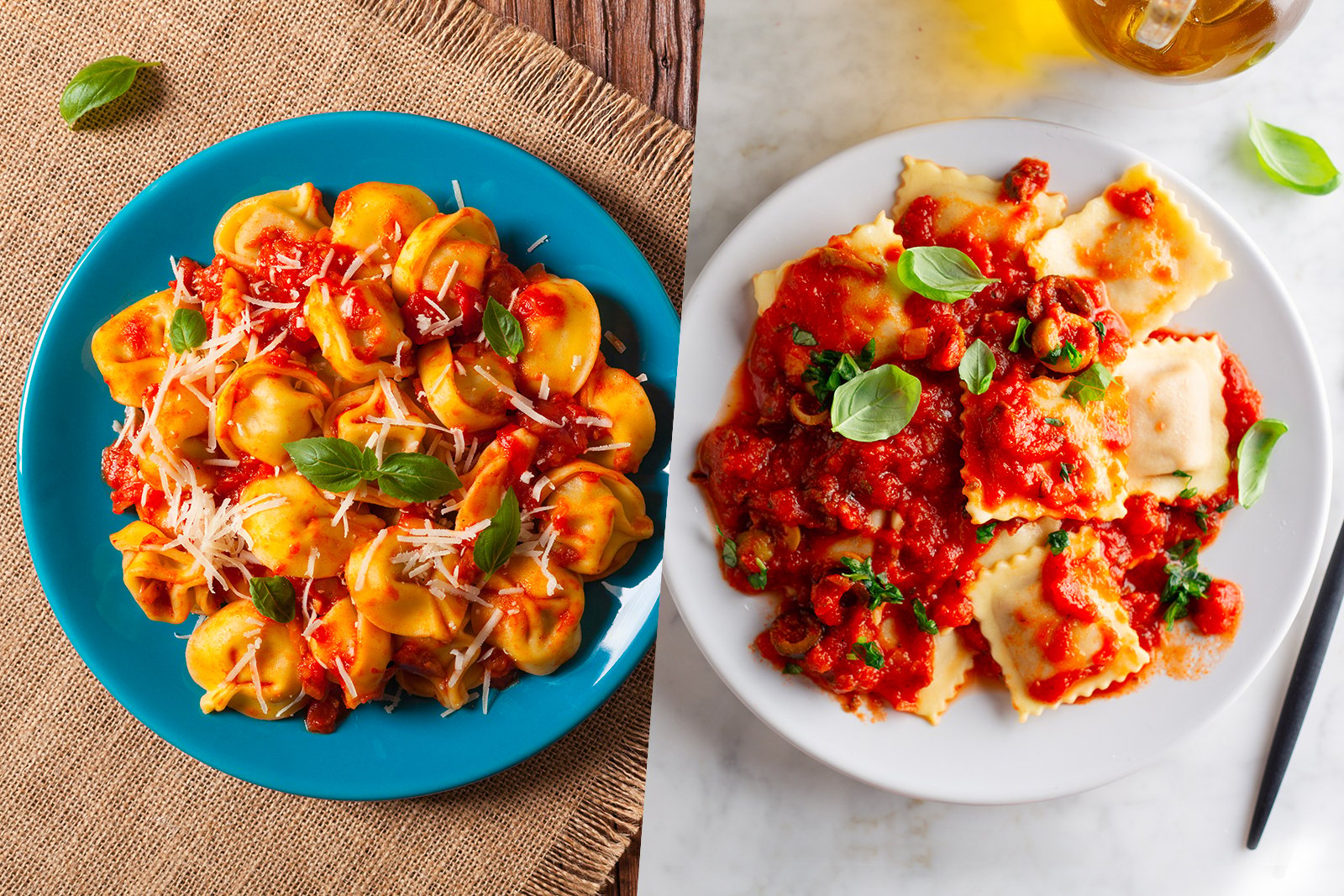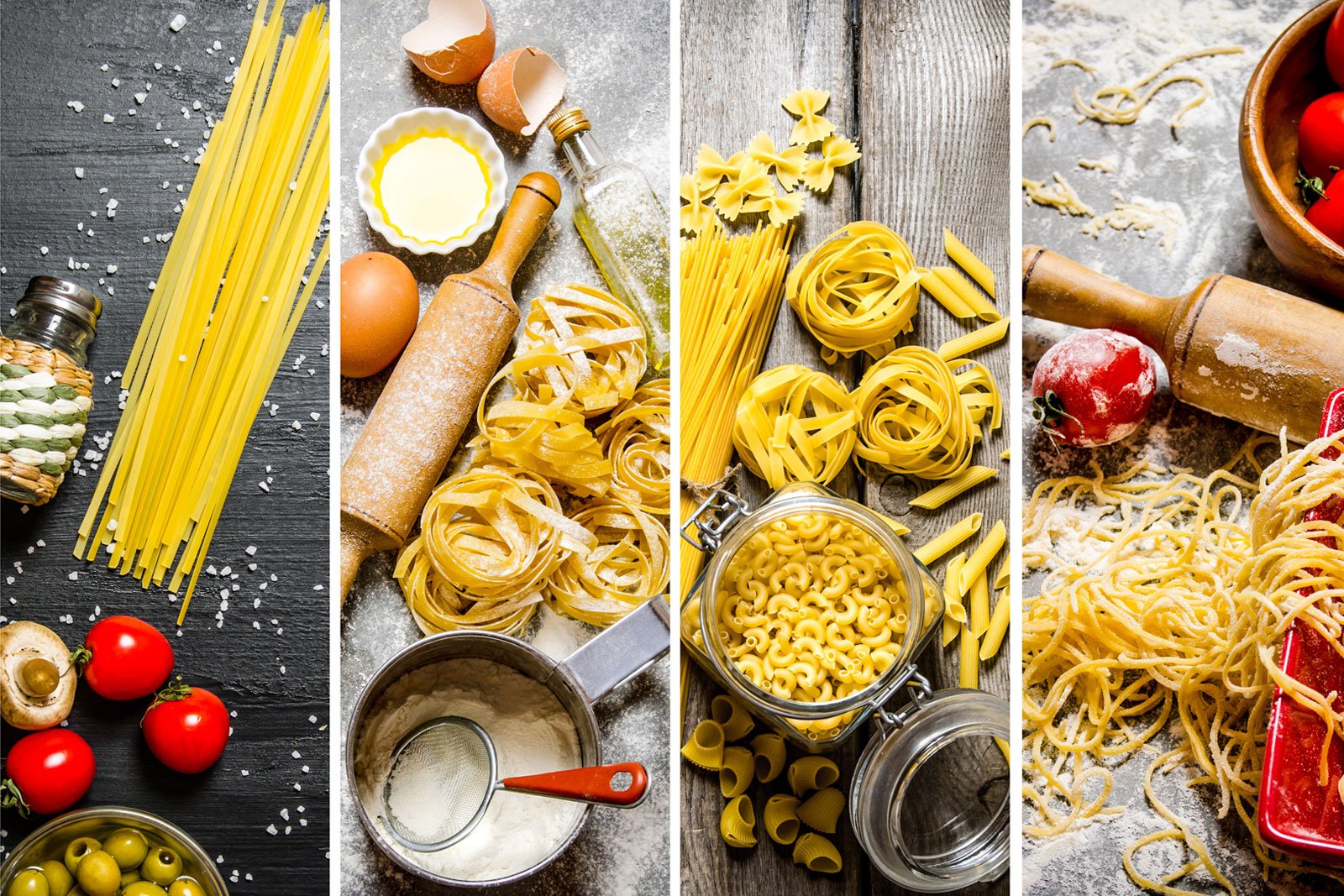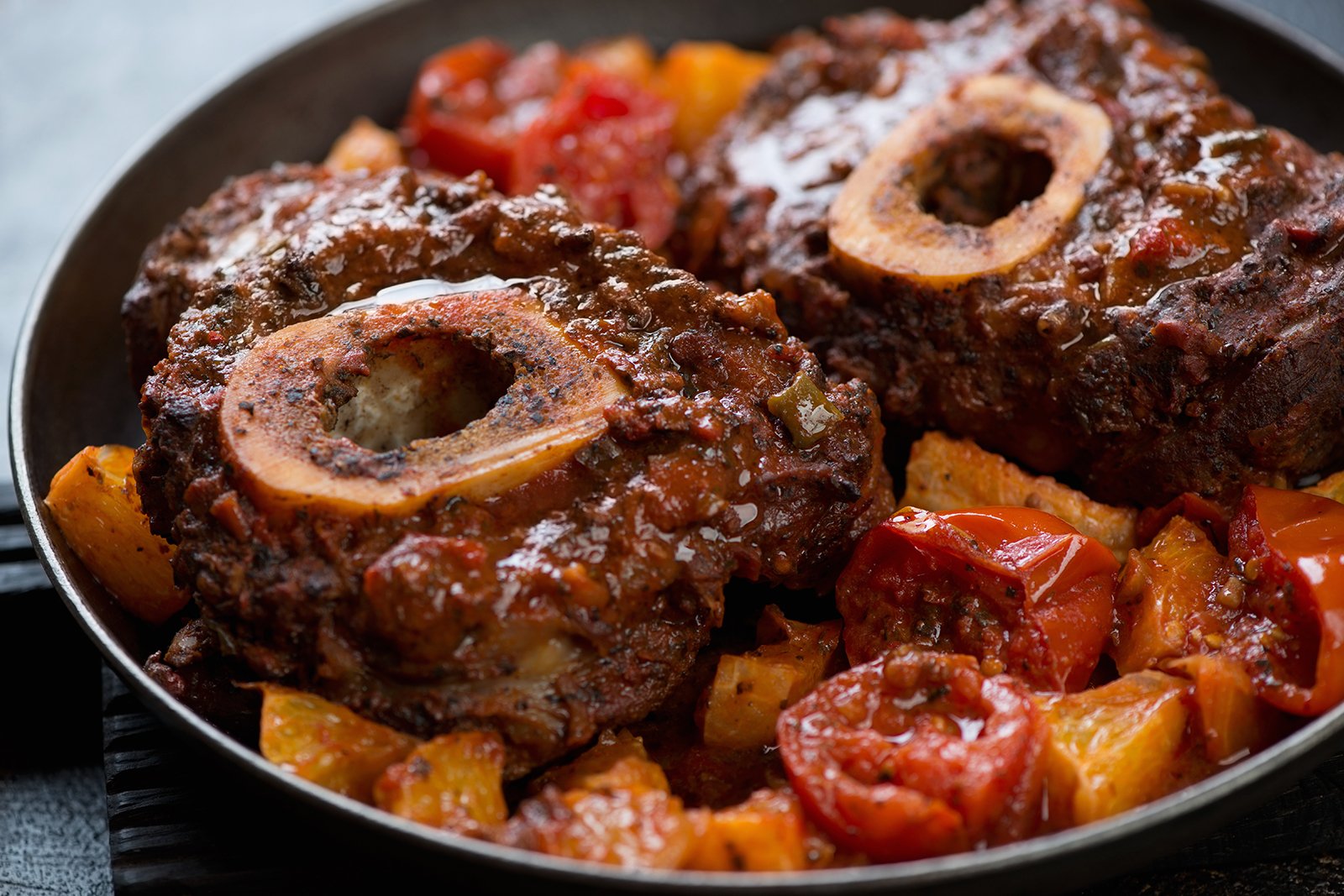We’d venture a guess that you tend to associate October with trick-or-treaters, scary movies, and all things spooky, as this autumnal month has come to be defined by Halloween. But did you know that National Pasta Day happens to fall on October 16 and not only that, October itself is billed as National Pasta Month? It’s true!
Yes, the month is full of ghouls and ghosts, but it’s also loaded with the carbohydrate food that’s come to symbolize an entire country’s cuisine. Pasta, the go-to food of Italian Americans across the country, deserves all the saucy, cheesy, buttery accolades heaped upon it by food lovers of all backgrounds.
No matter the shape—short and tubular or long and twirly—pasta delights eaters young and old, as it sops up sauces and serves to comfort you when all you need is a big bowl of warmth for dinner. So, to celebrate our favorite food—and during its very own food month—we present some of our cooking and preparation tips straight from the old country.
The Method For Cooking Pasta
Naturally, the first step to enjoying pasta to its fullest is to follow the proper process for cooking and preparing it for the dinner table. Some home cooks claim to have their own special methods for cooking pasta, and while we absolutely welcome innovation and invention in the kitchen, most Italians will tell you that there is precisely one true method of cooking pasta. And for Italians, it’s more than a rule of thumb—it’s practically the law.
It all begins with the simplest of ingredients: water, salt, and a decent-size pot. The amount of pasta you’re preparing informs the size of the pot and the amount of water. Feel free to use your discretion in that regard. However, no matter the type of pasta or the quantity, it’s imperative that you salt the water.
And this isn’t about raising the boiling point or warding off evil spirits. Instead, it all comes down the very foundation of food: The Flavor. Pure and simple, this seasons pasta from the inside out as the pasta absorbs the water. It doesn’t matter what sauce you pair with your pasta. If you don’t salt the water, the flavor will fall flat and you’ll swear it’s missing something. That something is salt.
Pasta, the go-to food of Italian Americans across the country, deserves all the saucy, cheesy, buttery accolades heaped upon it by food lovers of all backgrounds.
But when to salt? When the water is cold, before you drop in the pasta? Or when the water finally begins to boil? There are two schools of thought here. First, some say it doesn’t matter when you salt the water. These free-wheeling cooks will say that once you fill the pot with water, you can salt it immediately before you even crank the heat. The other school of thought is a tad more stringent, and it states that you should throw salt into the pot after the water has come to a boil. Apparently, salting the water at a higher temperature prevents a chemical reaction between the chloride in salt, the oxygen in water, and the chromium in stainless steel pots that can lead to rusting or pitting. So to improve the shelf life of your pasta pots, you might want to hold the salt until the water boils.
Salt is a matter of taste—and some people have to watch how much salt they use, for health reasons. For this reason, we say use your discretion when adding salt. As for how much we use in our pasta water, we tend to stick to no less than 1 ½ tablespoons of salt for every pound of pasta.
Quick Tip: Use sea salt or kosher salt. Never use iodized salt, as it’ll inject an extremely unpleasant metallic taste to your pasta.
Cook Pasta ‘To The Tooth’
We’ve all heard the Italian phrase al dente used in reference to pasta doneness. Al dente translates to “to the tooth,” which means pasta should be cooked only until it’s still firm when bitten. It’s not the simplest texture to achieve, requiring plenty of practice before you truly nail the perfect bite. The trick is to start by “undercooking” the pasta, at least according to the directions on the package.
For example, a typical box of dried rigatoni states a cooking time of 14 minutes and an al dente time of 12 minutes. But we find it best to start testing pasta’s firmness at the eight minute mark, just to be absolutely sure not to overcook it.
When your recipe calls for you to finish the pasta in a shallow sauté pan of marinara, vodka, or other types of sauces, you want to transfer the pasta directly from the boiling water to the sauce before it hits the al dente texture. This helps guard against mushy pasta, as it will continue to cook in the sauce pan.
Quick Tip: Save the water! Chefs tend to refer to pasta water as “liquid gold” because of its many applications in the kitchen. This starchy water acts as a fantastic binding agent that helps preparations like carbonara and cacio e pepe really stick to the pasta and aids in thickening all sauces. Be sure to salvage at least a cup before straining your pasta.
How To Apply The Sauce
When preparing the sauce and pasta separately (and not adding the slightly undercooked pasta to the still-developing sauce, as described above), there’s a particular way to bring the two components together in a way that’s harmonically delicious.
After draining the pasta—and reserving some water—add a few ladlefuls of sauce to the now-empty pasta pot. Enough to cover the bottom. Then, add the pasta back into the pot, along with about a tablespoon of pasta water, and toss until it’s mixed completely. The sauce will cling lovingly to the pasta, filling all the grooves and tubes with bright, flavorful sauce. Then you and your family can each add as much sauce on top as your hearts desire.
Enjoy Your Pasta With Paesana!
At Paesana, we live for Italian food, especially home-cooked dishes prepared for the family. We celebrate National Pasta Month with you and your family by providing authentic pasta sauces and cooking sauces straight from the time-honored recipes we grew up eating and serving. No matter what shape your pasta takes, Paesana’s got the sauce for you!

